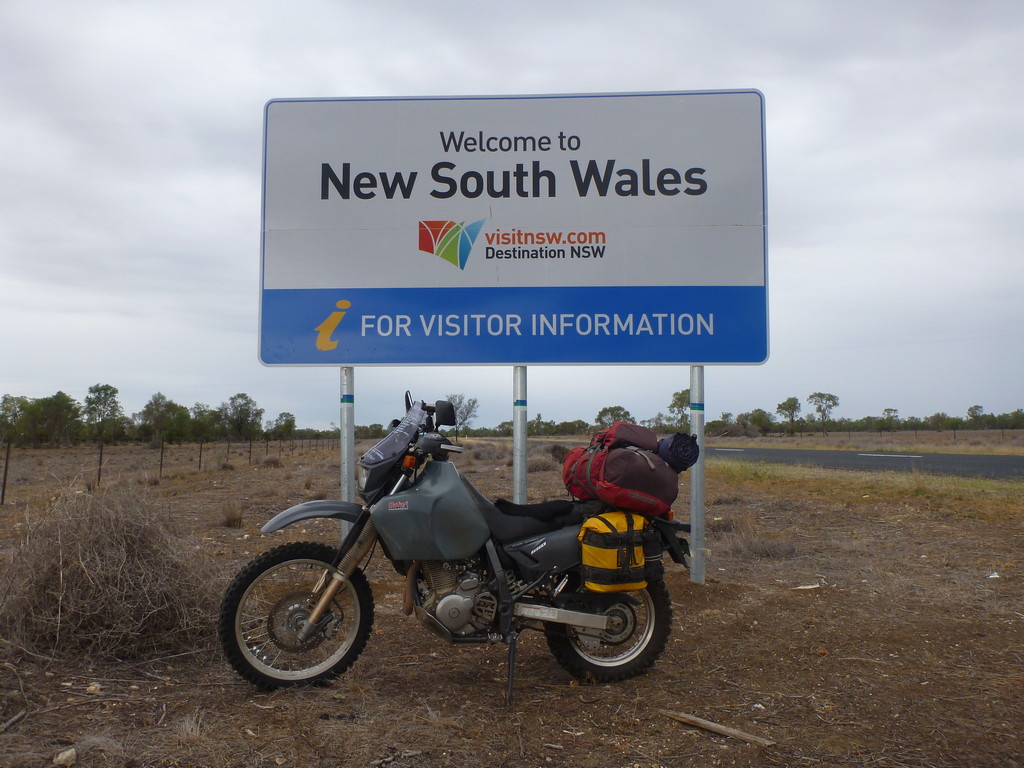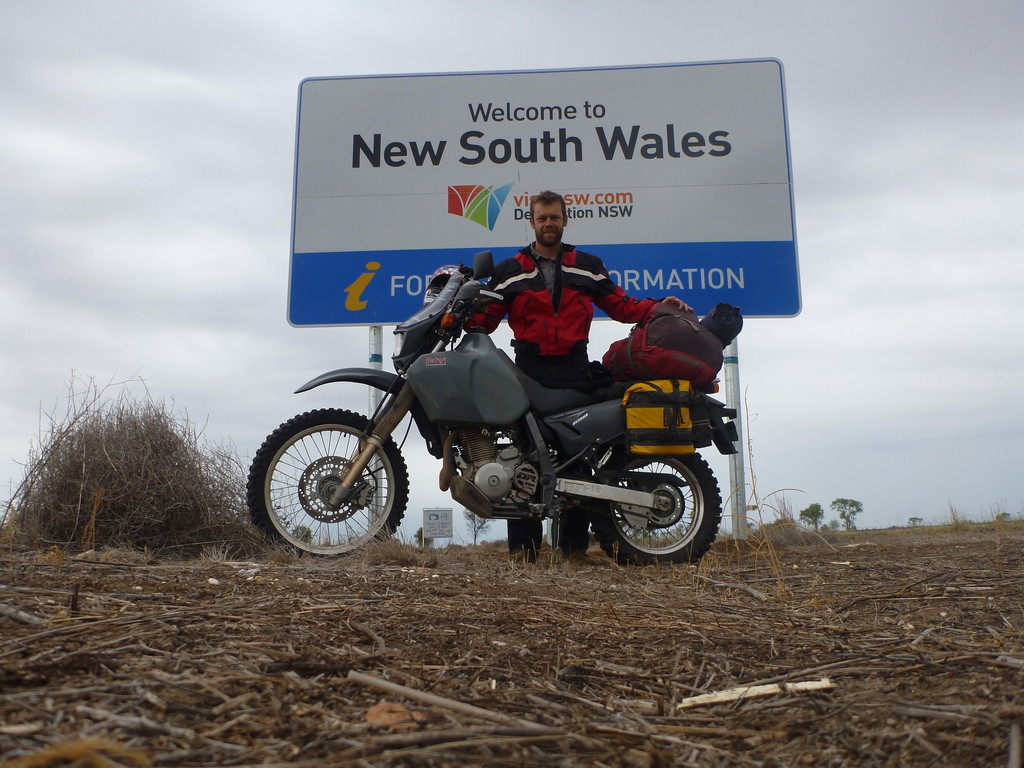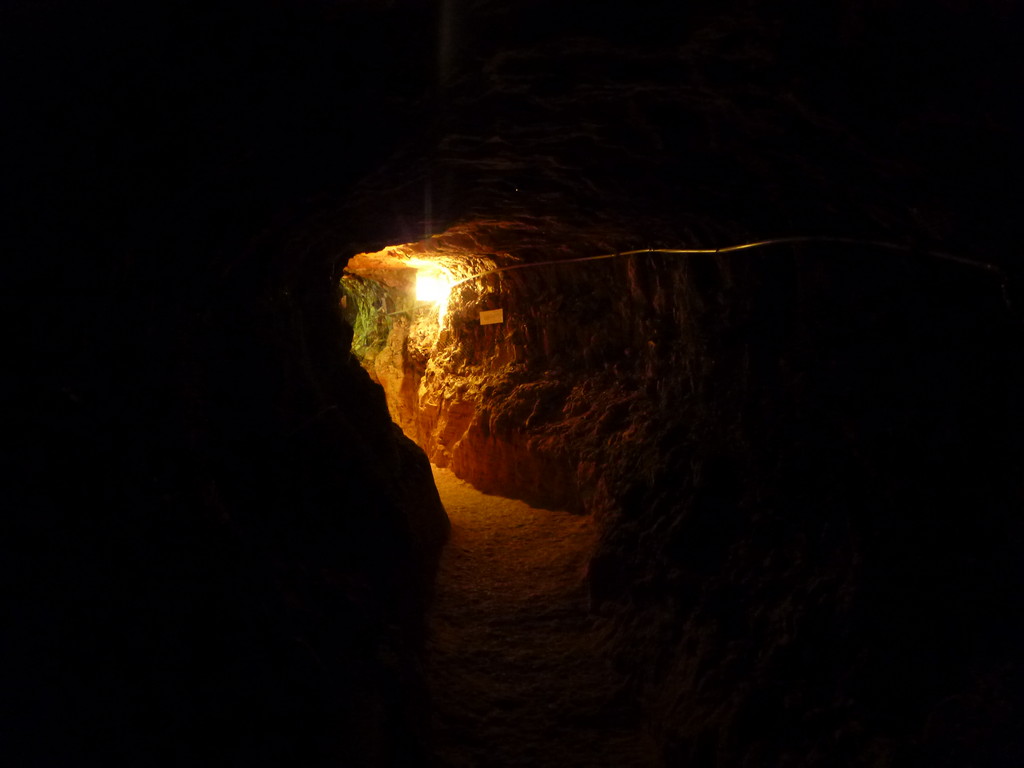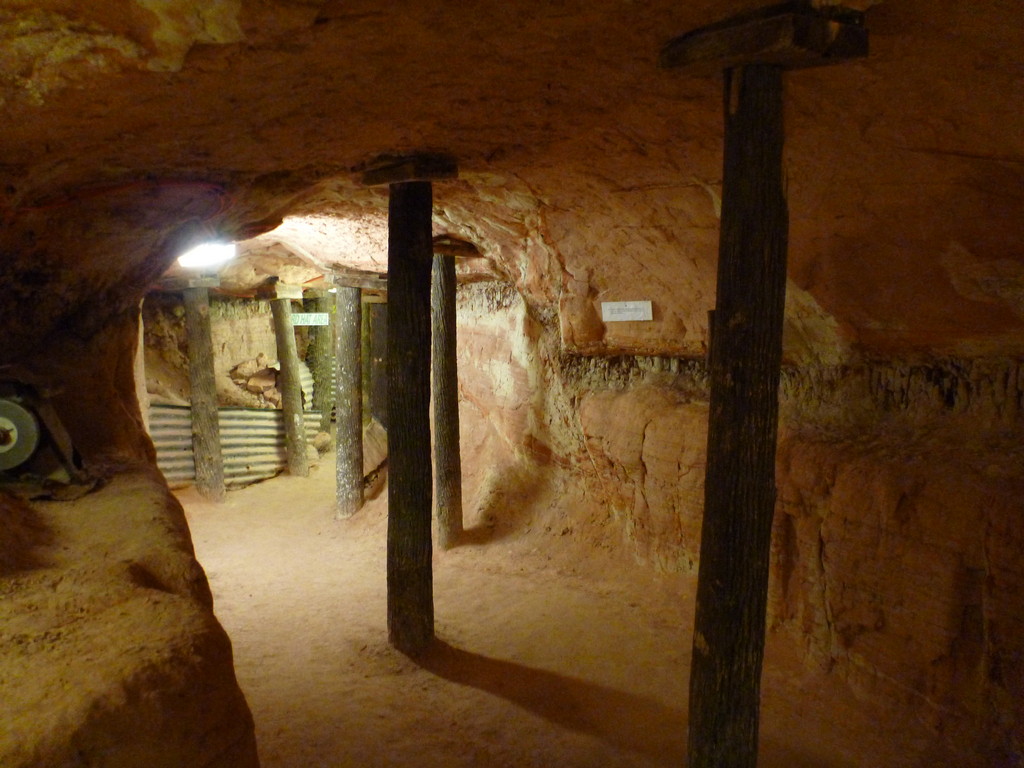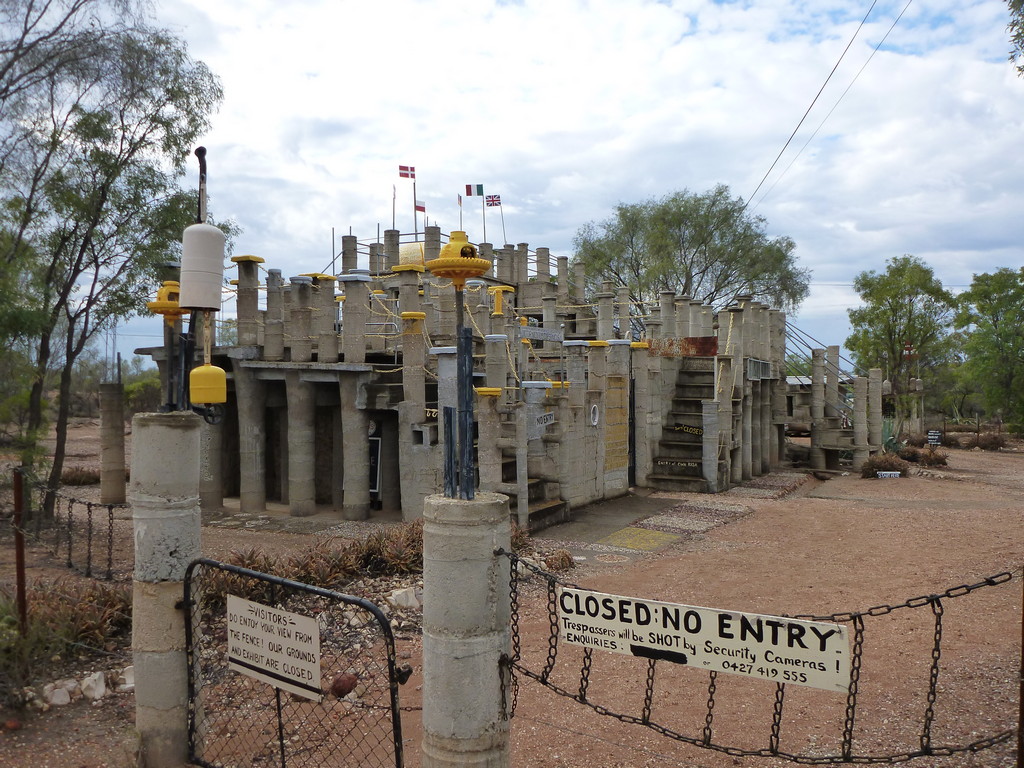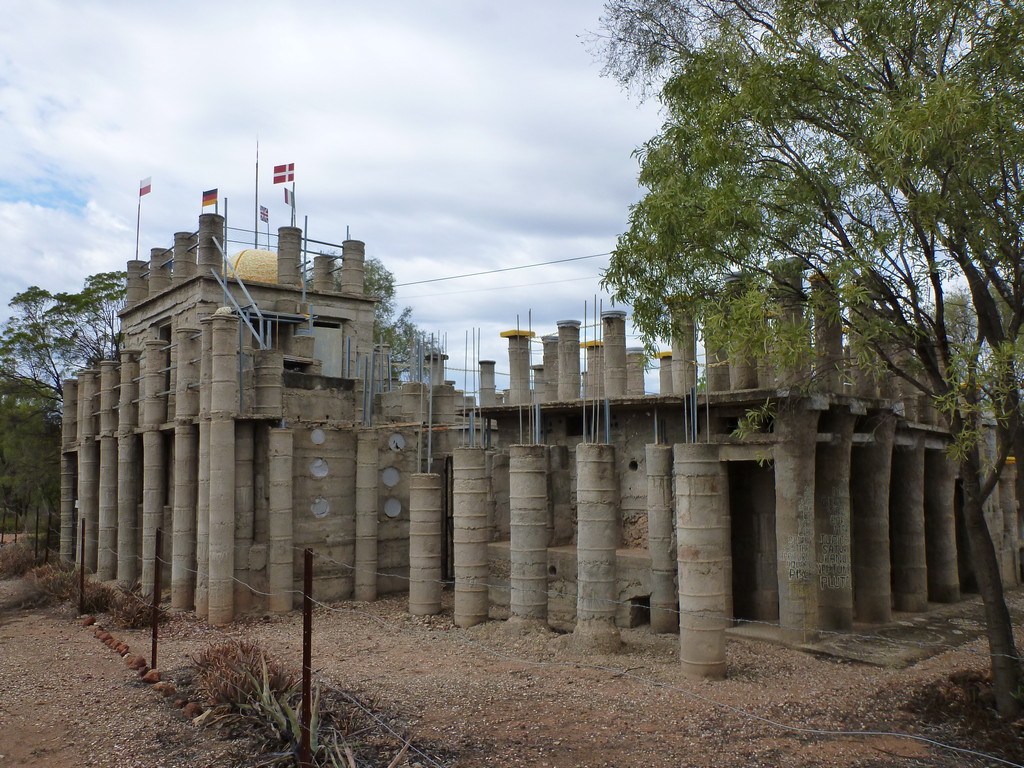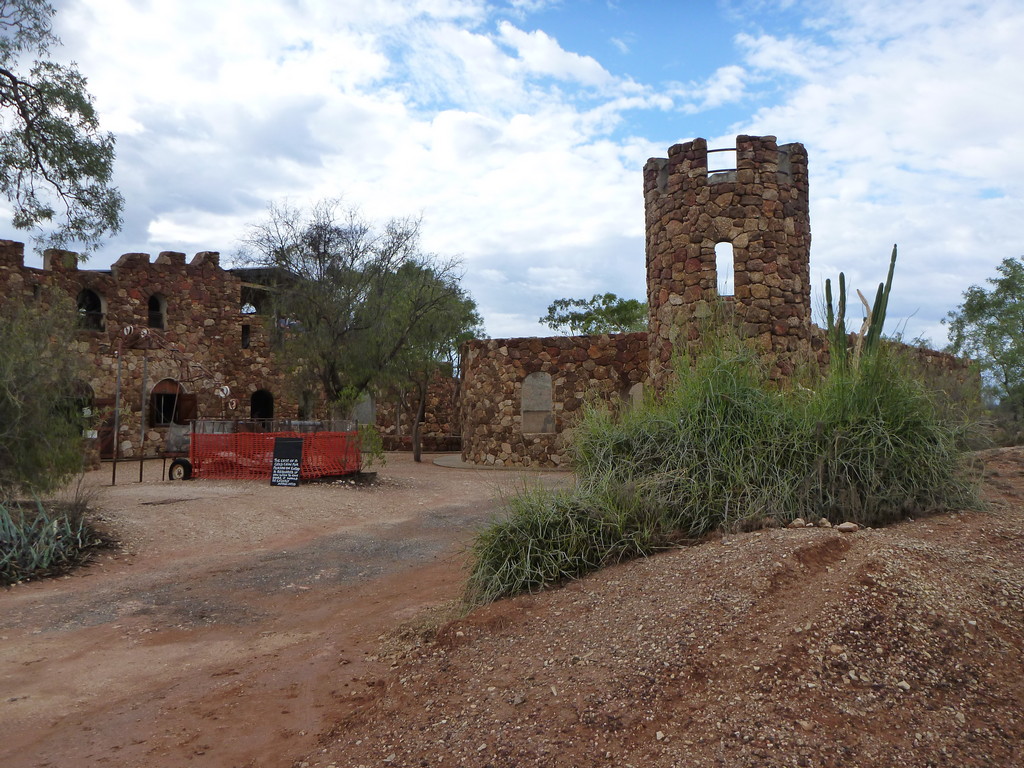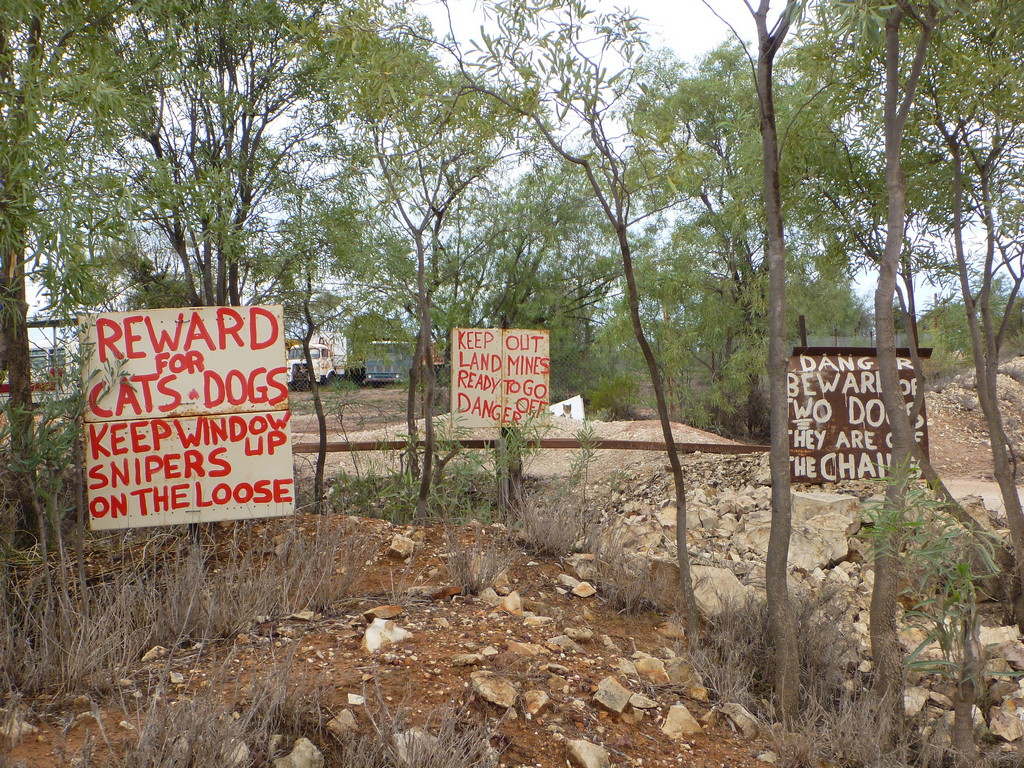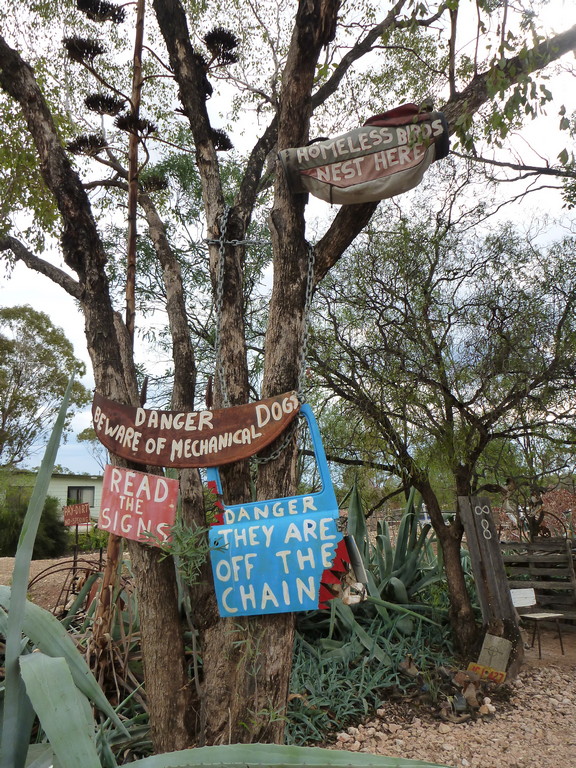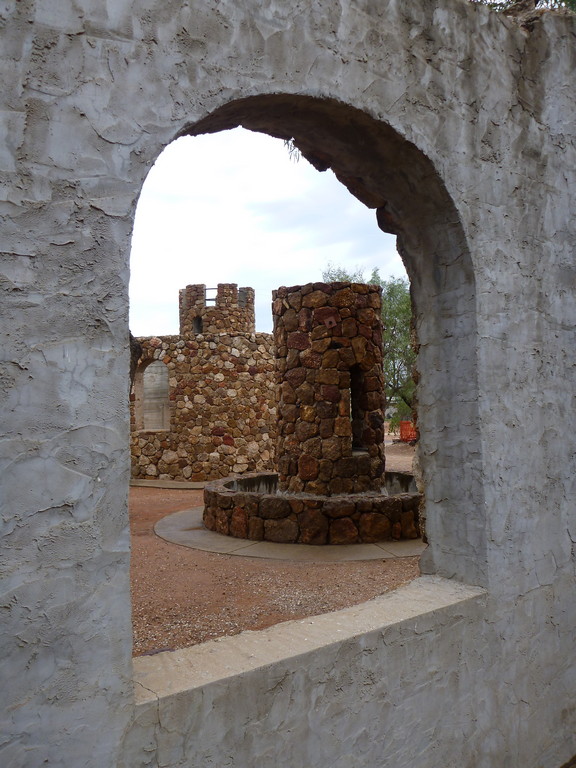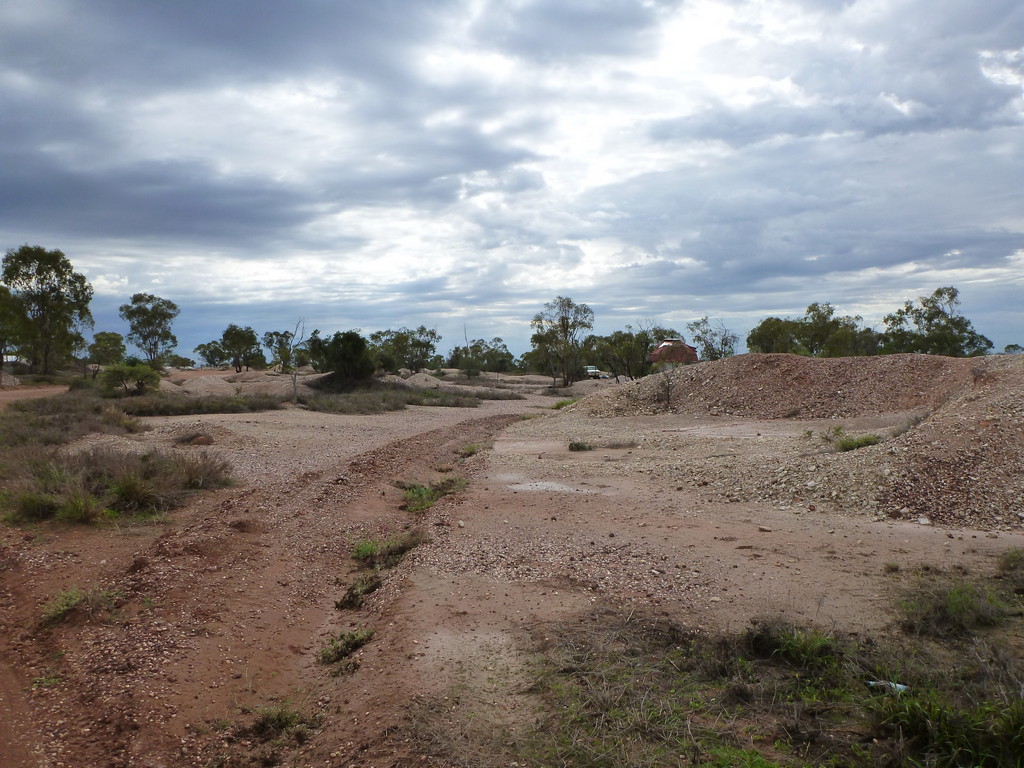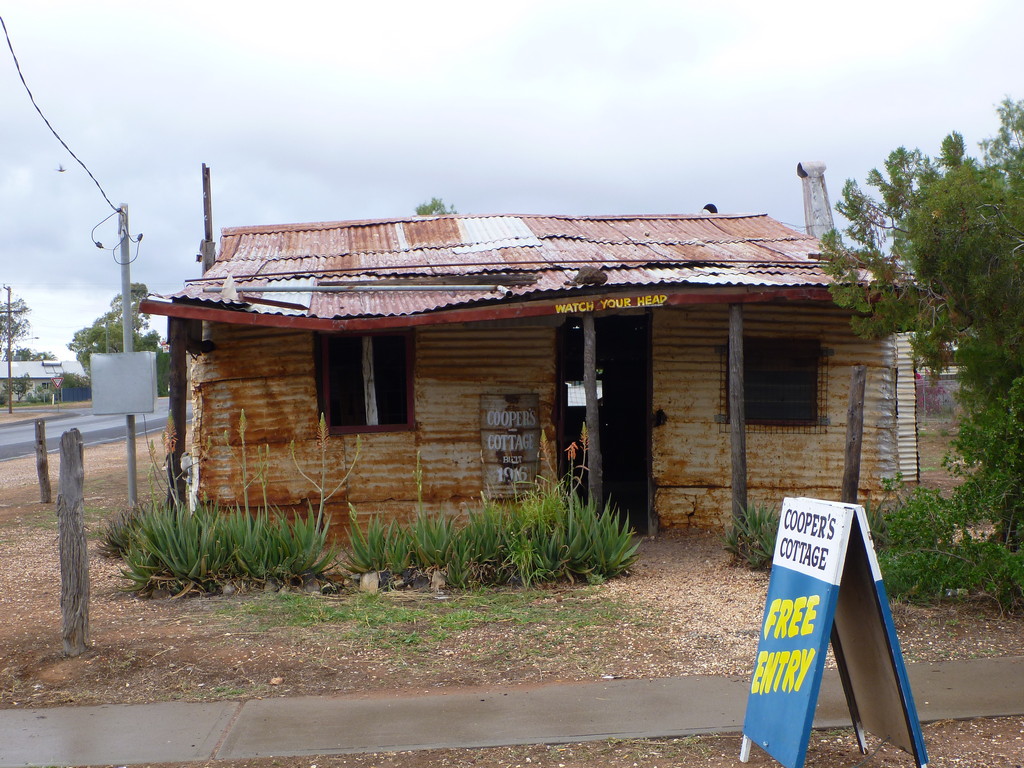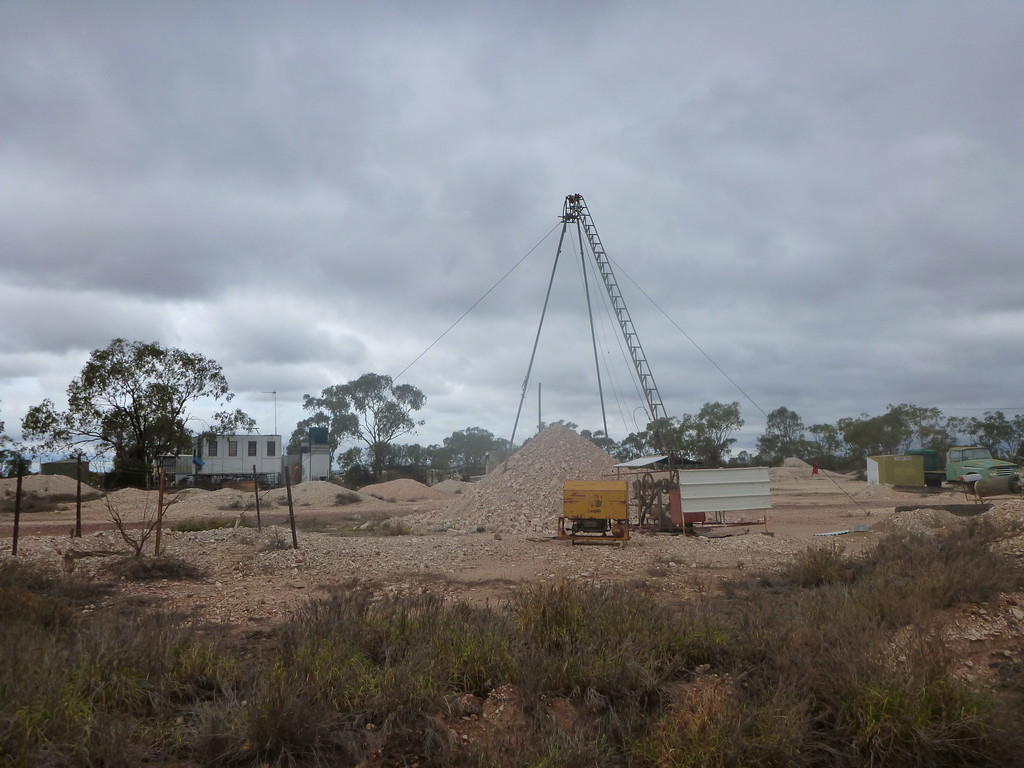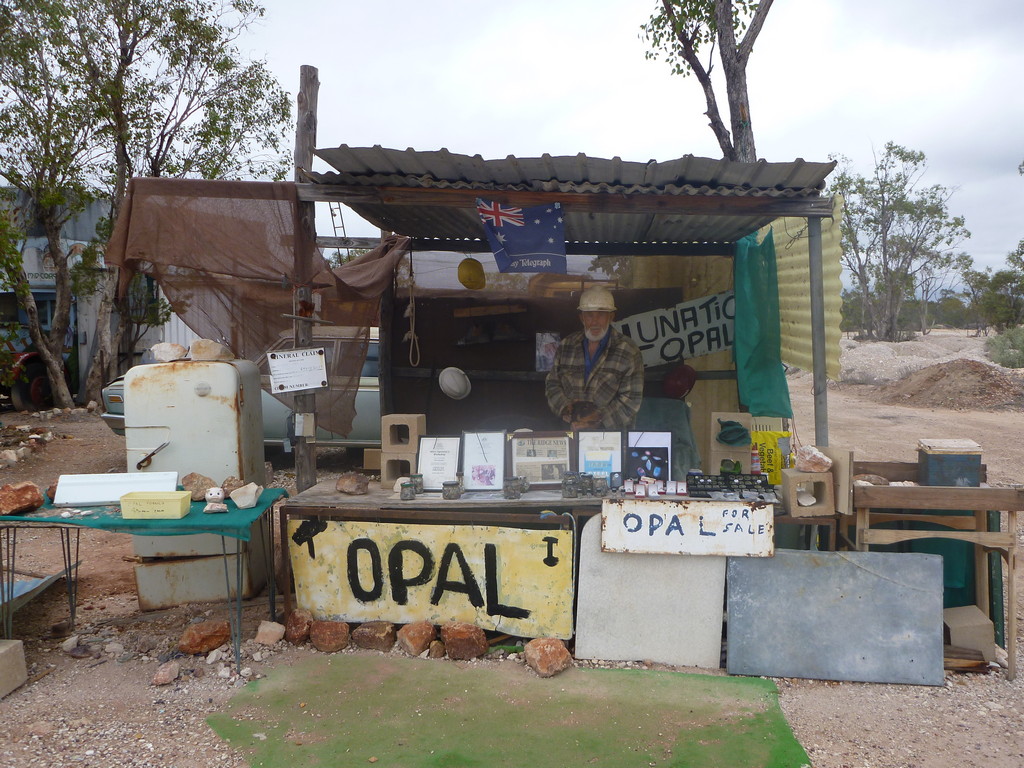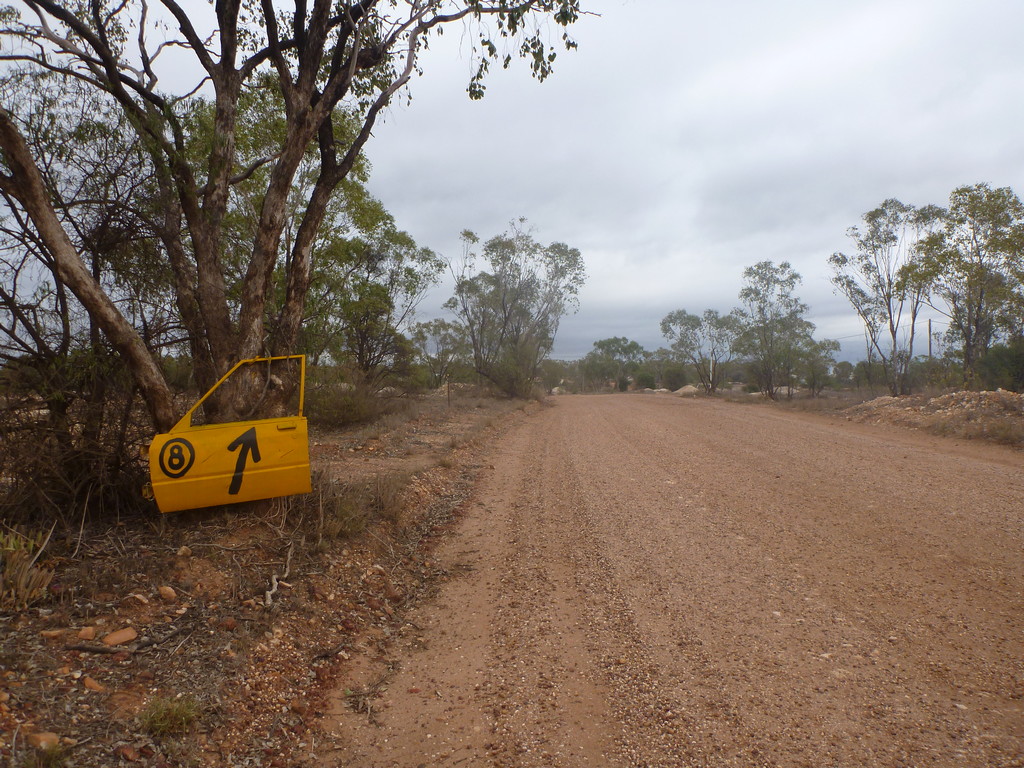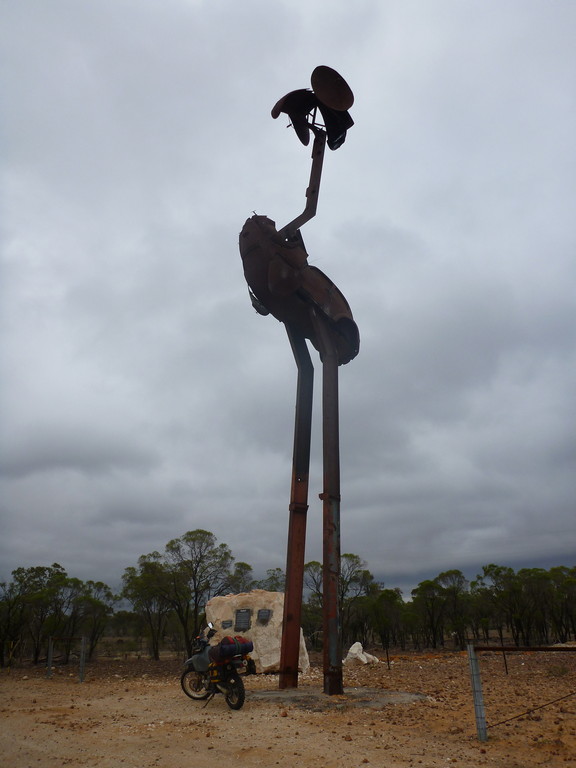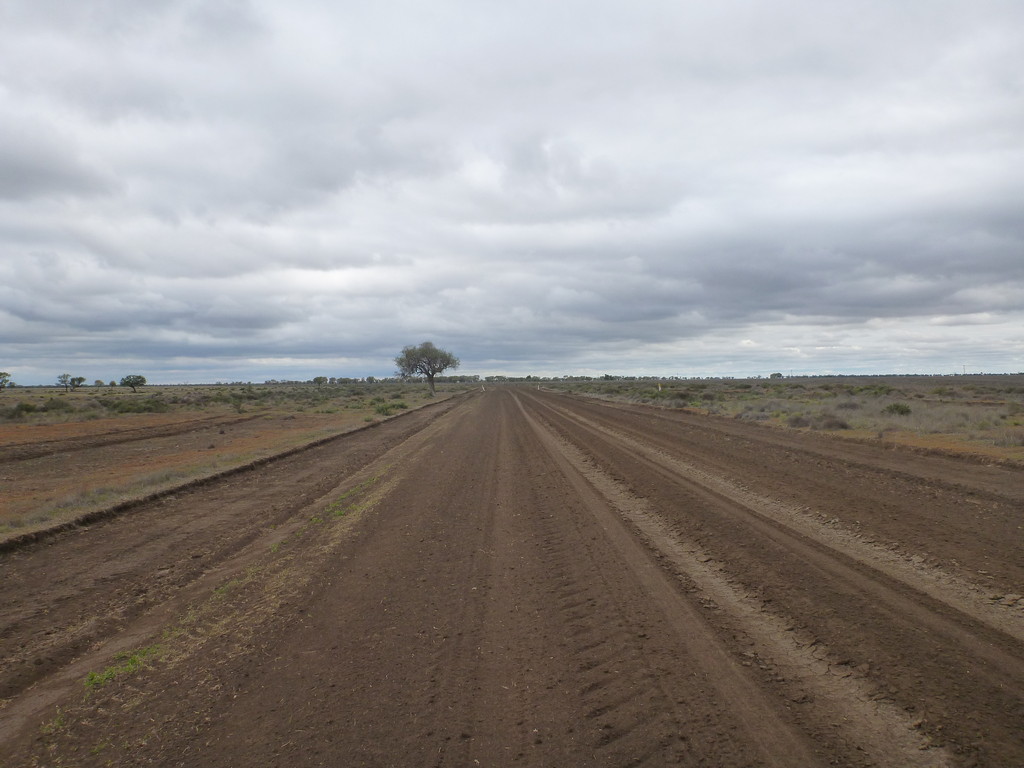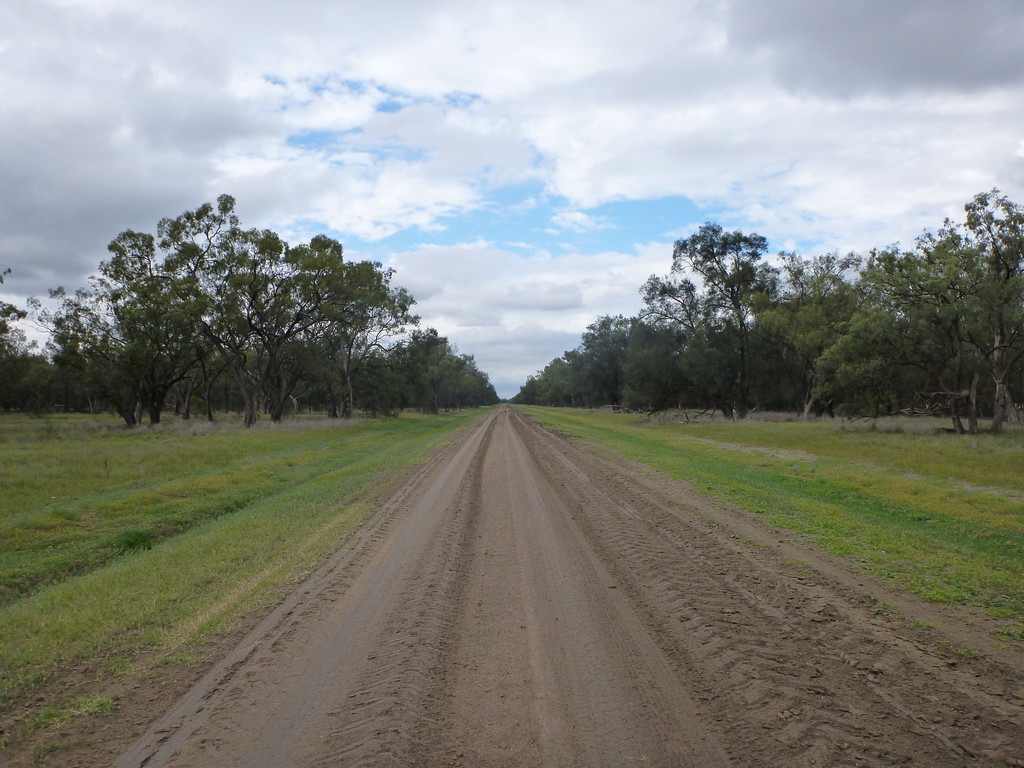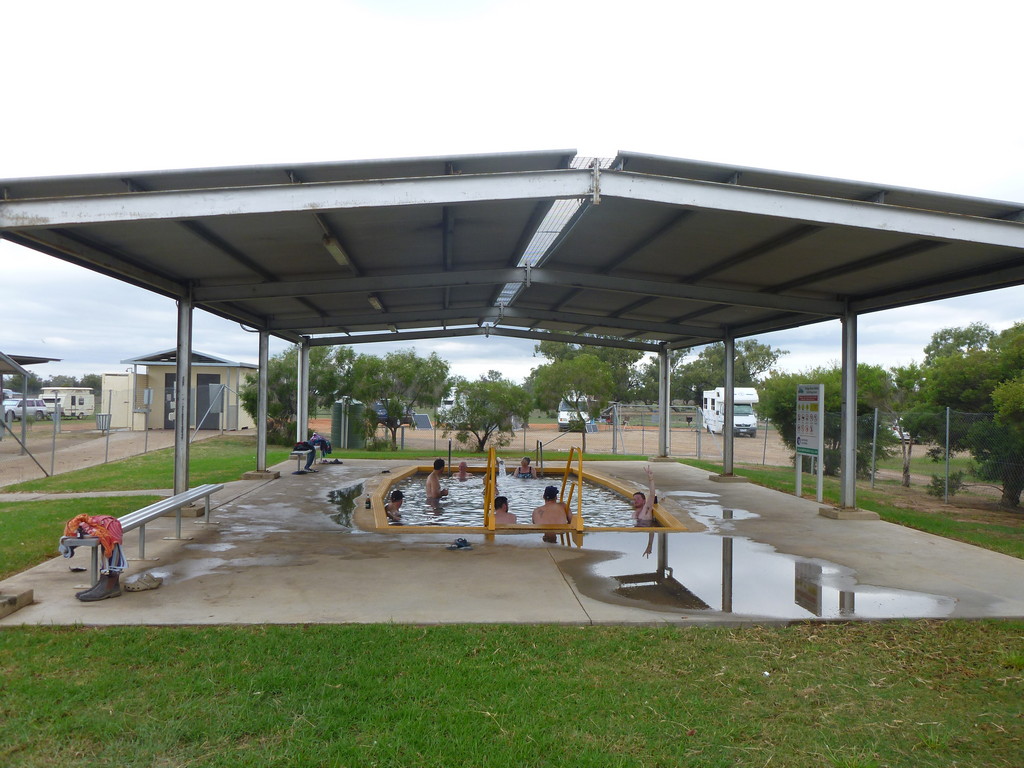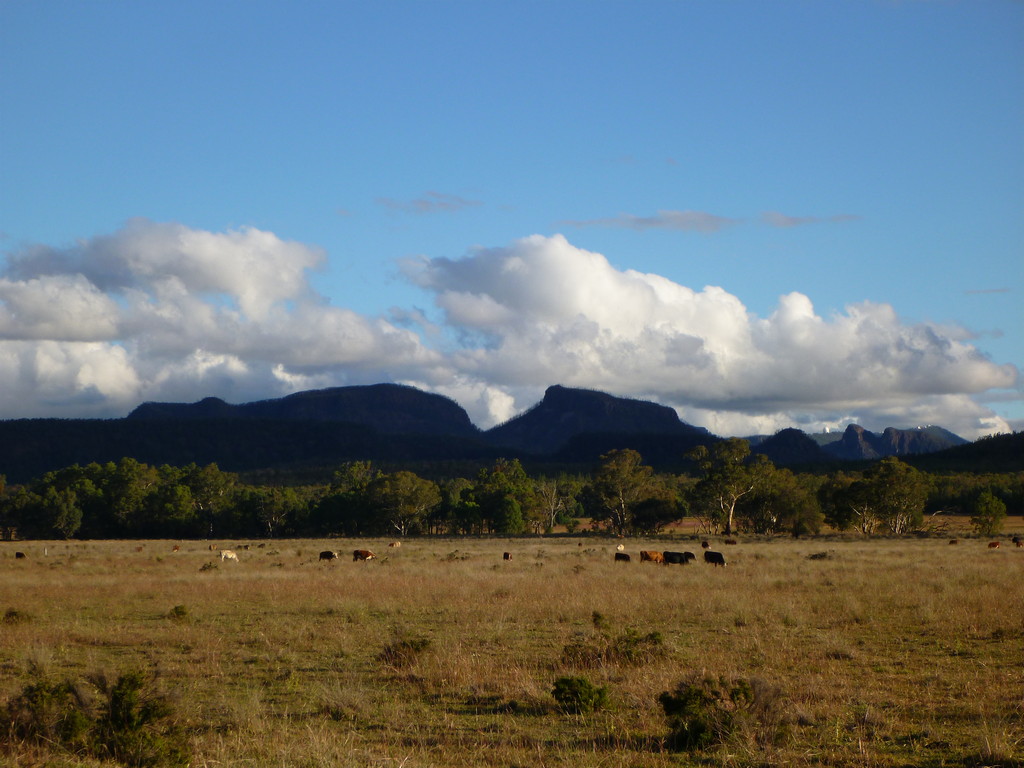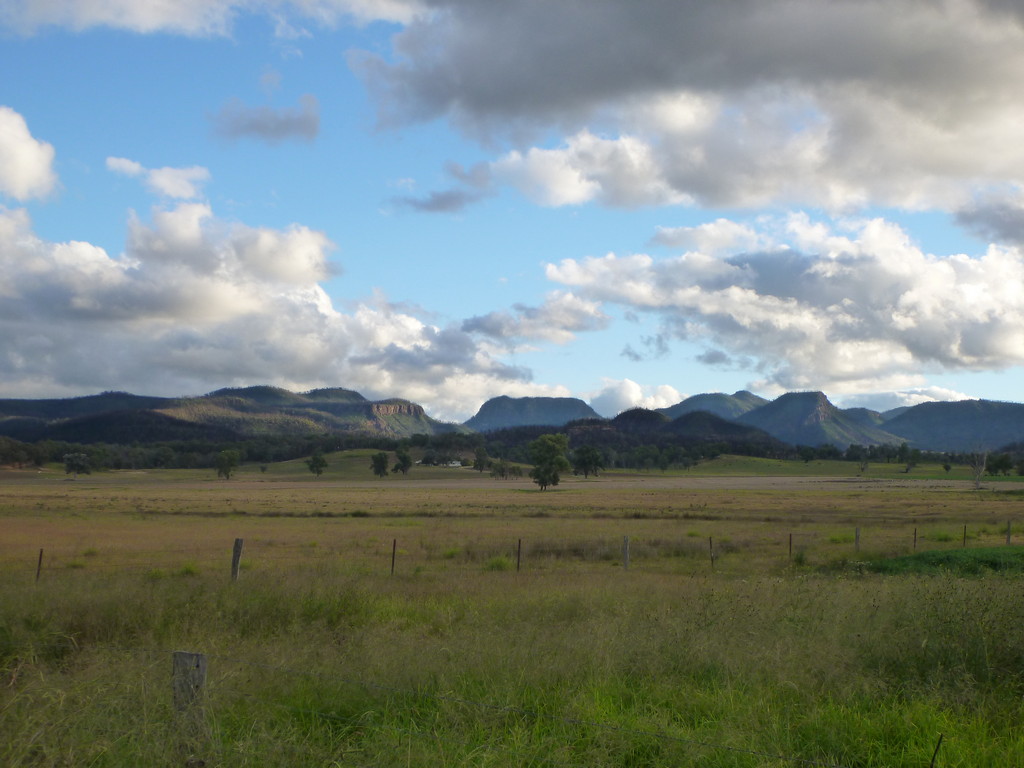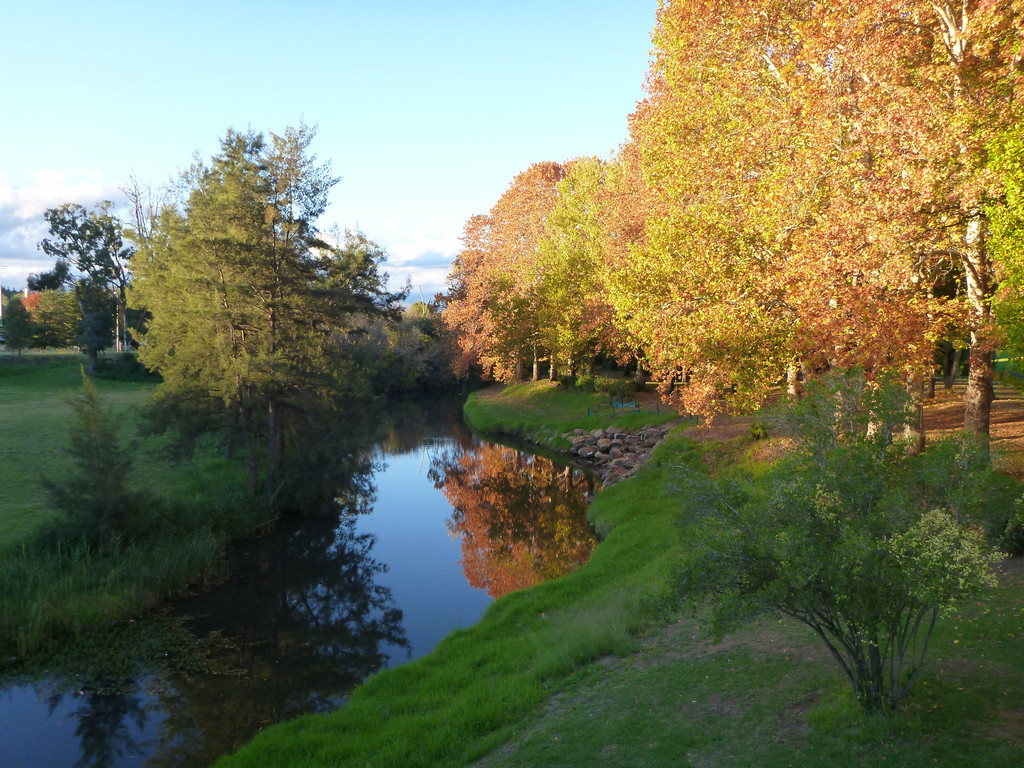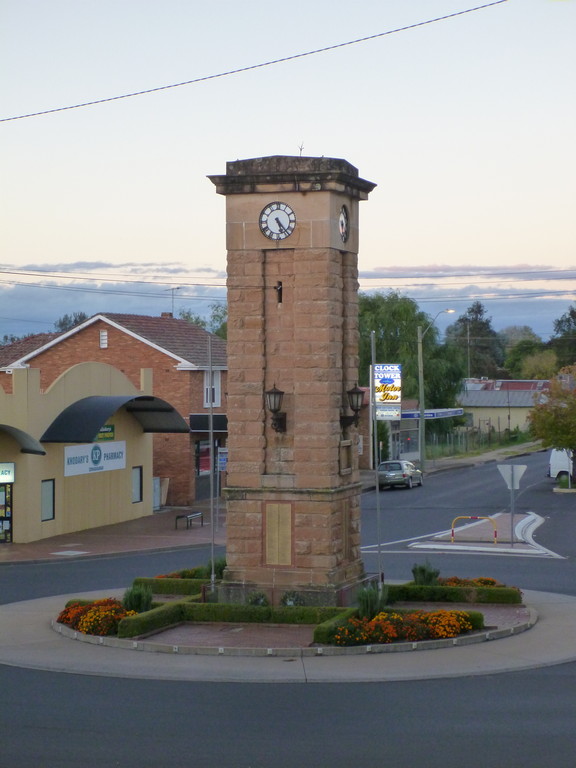Almost immediately after hitting the road, I came to my final State border crossing, back into New South Wales.
Very close to the border is the fascinating town of Lightning Ridge. It’s the centre of opal mining in Australia, and is the only place in the world to produce the rare black opals, prized for their vivid colours and firey reflections. If you’ve never seen opals, pull up some Youtube footage – they’re by far and away my favourite gemstone. Lightning Ridge is especially unique because for opals, unlike any other precious gem or mineral, literally anyone can stake a mining claim, 50 by 50 metres large, and dig it out themselves – there’s no big company that dominates the mining game; it’s all tiny owner-operators working their own lease and hoping to strike it big, much like the gold rush days of the 19th Century. As a result, the whole town is extremely odd – full of outcasts and misfits, and looking like a 3rd world shanty town in most parts. My first stop was a mining museum showing what the tunnels that criss-cross under the entire town are like.
Then I toured around some of the sites the more eccentric characters in town have built. This is a giant concrete monument to the worlds’ astronomers.
Then there’s the bloke who built his own castle out here, on top of his mining claim and tunnels. I don’t know where he got the energy!
At least half of the township is covered in excavated spoil heaps, as the 50x50m claim limitation means the miners live cheek by jowl, in caravans or corrugated iron shacks.
Meet Brian. He’s been working his various claims (including the current, appropriately named “Lunatic Hill”) around town for 46 years now, and still lives in a corrugated iron shack with only his two dogs for company. He still dreams of finding the big score. I asked him if he had any regrets or would do anything different – absolutely not, he still loves waking up every day thinking it could be the day he finds the big one. I admire his optimism.
As with many things out here, improvisation and adaptation overcomes a lack of resources. The town is a fairly big tourist attraction, but instead of having proper signage and organised tours, the locals have developed “car door” trails – follow the appropriately painted and numbered car door to follow a route. Apparently, these are quite often moved, changed or replaced to get the tourists to visit the little individual claim shops like Brian’s.
One last thing to see on the way out of town is Stanley – an 18 metre tall emu statue made out of scrap metal, old VW Beetles, and satellite dishes.
I headed south along the highway as far as Walgett, and then, bored, decided to get onto the backroads, heading towards Pilliga. The grass slowly changed from brown to green as the land became more fertile.
There’s an artesian bore spa there, flowing at a pleasant 37 degrees, in which I enjoyed a nice soak to relieve some of the road tension. Very popular spot though, there would have been 30 campervans and caravans clustered around.
Turning south again through the Pilliga National Park, the Warrambungle Ranges came into view. This mountain range is the remnants of a long-extinct volcano, shaped by erosion over millions of years. It’s also home to the Siding Spring Observatory, a group of 12 telescopes including the largest optical telescope in Australia (3.9 metres) – they’re just visible on the right side of frame.
With sunlight fading, I chose to stop for the night in Coonabarabran, a nice country town on the banks of the Castlereagh River.

